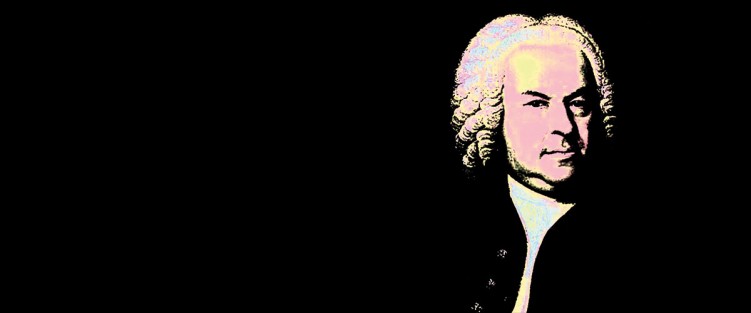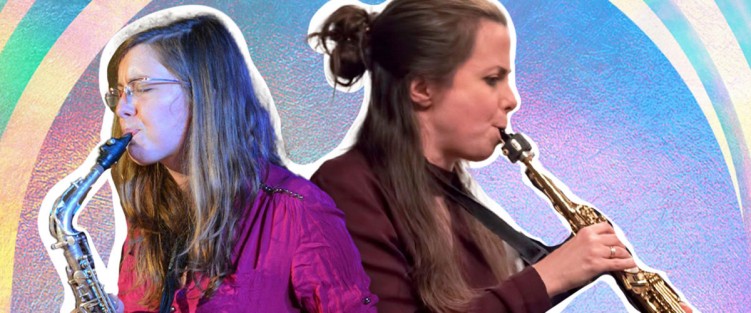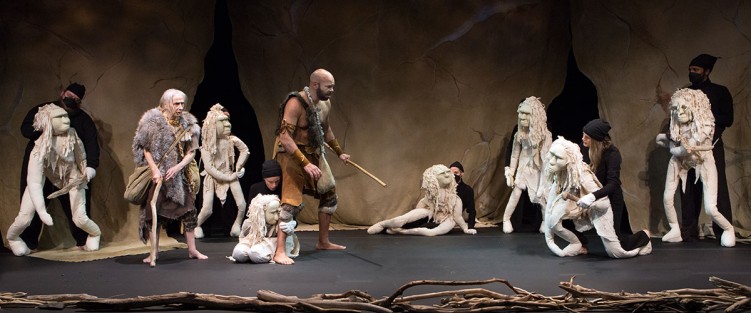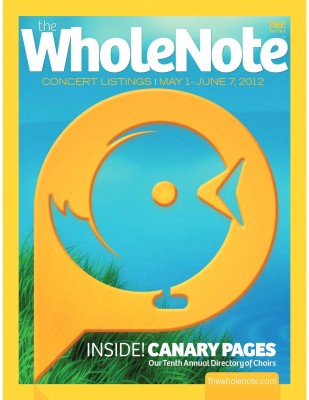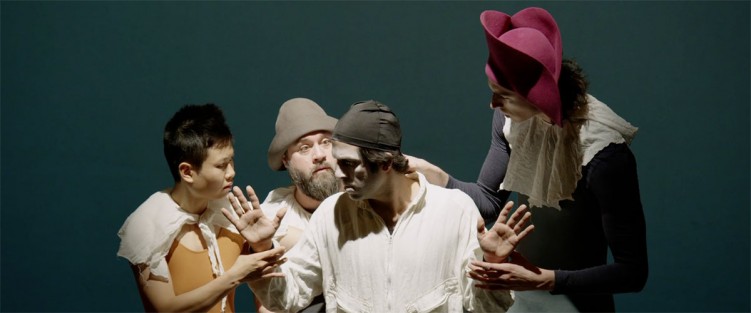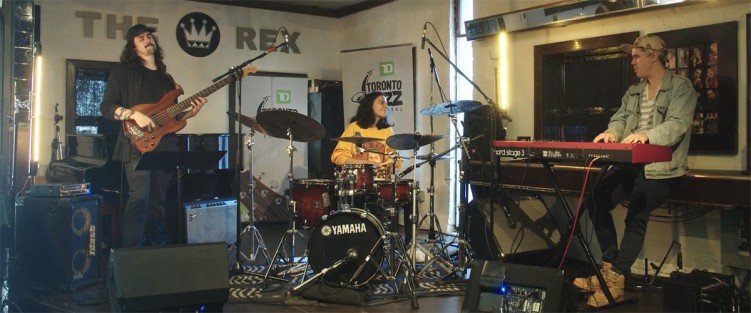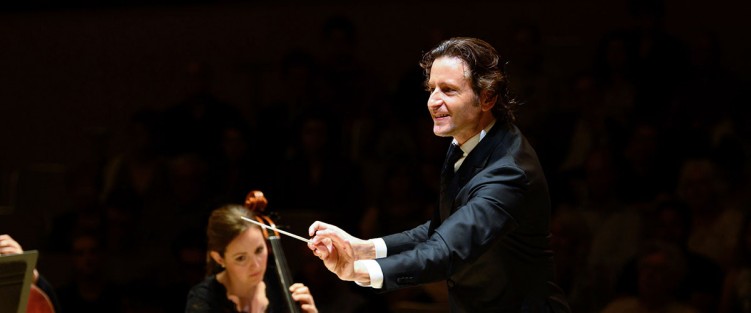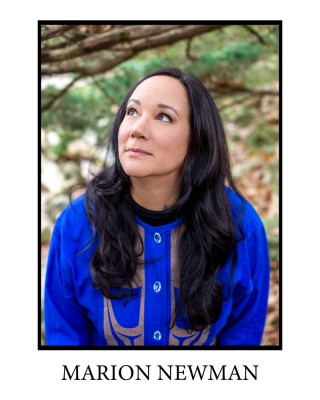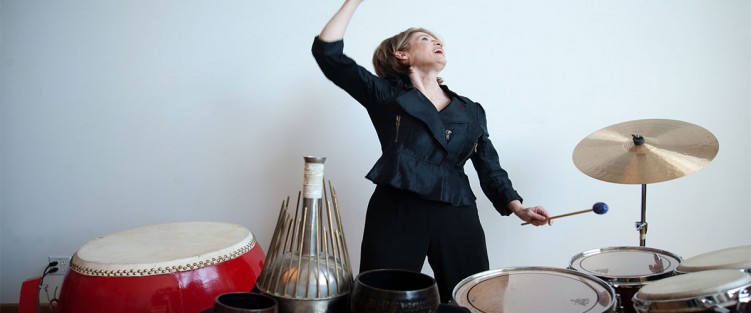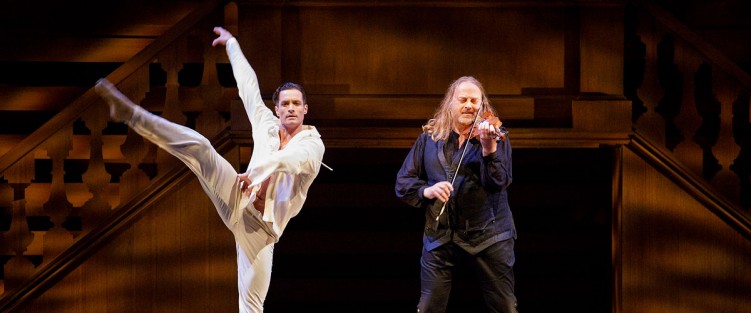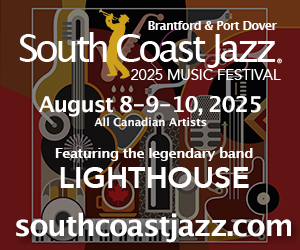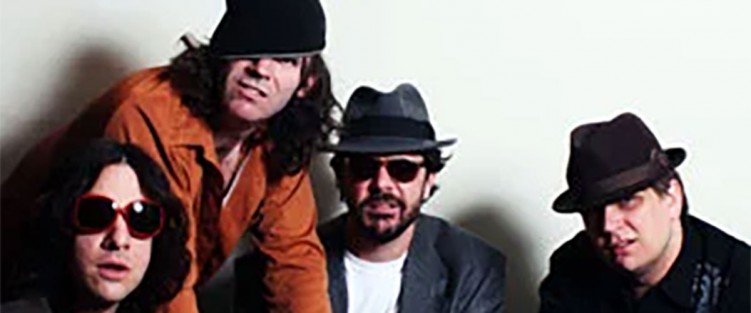 On the evening of Sunday, February 13, a friend and I met for dinner at a popular Italian restaurant at Bloor and Lansdowne. As we were seated, a glance at a muted, wall-mounted television informed us that our incipient pasta consumption coincided with something called the Super Bowl. As members of overlapping artistic communities in Toronto, we were, perhaps predictably, caught unawares. Like us, most of the restaurant’s clientele was more interested in tagliatelle than touchdowns, and the volume stayed off – at least until the halftime show. Suddenly, 50 Cent, Snoop Dogg, Mary J. Blige and a host of other performers took the field. A glance at the menu revealed a surprising throwback drink: an espresso martini. From a neighbouring table, a conversation drifted over, bemoaning the quality of the new Sex and the City show. It was official: we were back in the 2000s.
On the evening of Sunday, February 13, a friend and I met for dinner at a popular Italian restaurant at Bloor and Lansdowne. As we were seated, a glance at a muted, wall-mounted television informed us that our incipient pasta consumption coincided with something called the Super Bowl. As members of overlapping artistic communities in Toronto, we were, perhaps predictably, caught unawares. Like us, most of the restaurant’s clientele was more interested in tagliatelle than touchdowns, and the volume stayed off – at least until the halftime show. Suddenly, 50 Cent, Snoop Dogg, Mary J. Blige and a host of other performers took the field. A glance at the menu revealed a surprising throwback drink: an espresso martini. From a neighbouring table, a conversation drifted over, bemoaning the quality of the new Sex and the City show. It was official: we were back in the 2000s.
Nostalgia is just like it used to be!
As we haltingly lurch towards postcovidity, it is understandable that, in our shared social spaces, we’re looking back to even the recent past with fond nostalgia. In Toronto’s clubs in March, this phenomenon is also taking place. On March 27, 28 and 29, for example, the American band Rudder takes the stage at The Rex. For those of us who were in music school in the late 2000s, Rudder – whose eponymous debut album was released in 2007 – will likely be a familiar name. For those of you who didn’t waste your youth learning how to play lacklustre eighth-note lines over I’ve Got Rhythm – at least not in that decade – Rudder is an instrumental four-piece, comprising saxophonist Chris Cheek, keyboardist Henry Hey, bassist Tim Lefebvre, and drummer Keith Carlock. Musically, Rudder is something of a jazz musician’s take on a jam band, with priority given to original compositions over standards, backbeat over swing, and group dynamics over individual instrumental athleticism.
To fully understand the place of groups like Rudder in the psyche of music students of a particular age, a bit of musicological context seems necessary. Since funk’s emergence in the 1960s and 70s, there has always been crossover between funk and jazz. (Even the basic premise of these two musical styles as discrete genres is somewhat reductive, but for our purposes, we’ll maintain the distinction.) The fusion of jazz and funk begins in the late 1960s and early 1970s: albums such as Miles Davis’ In a Silent Way (1969), Bitches Brew (1970), On the Corner (1972), and Herbie Hancock’s Head Hunters (1973), stand out as foundational recordings of the genre.


